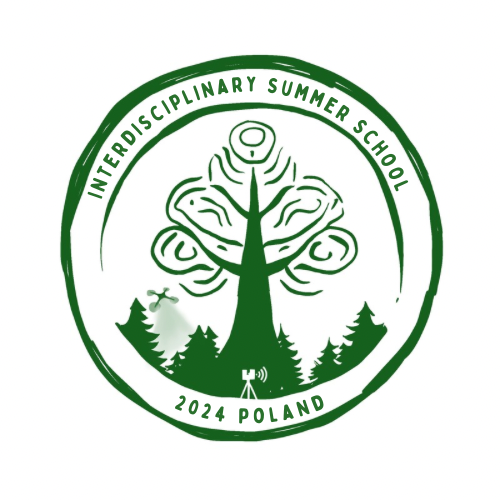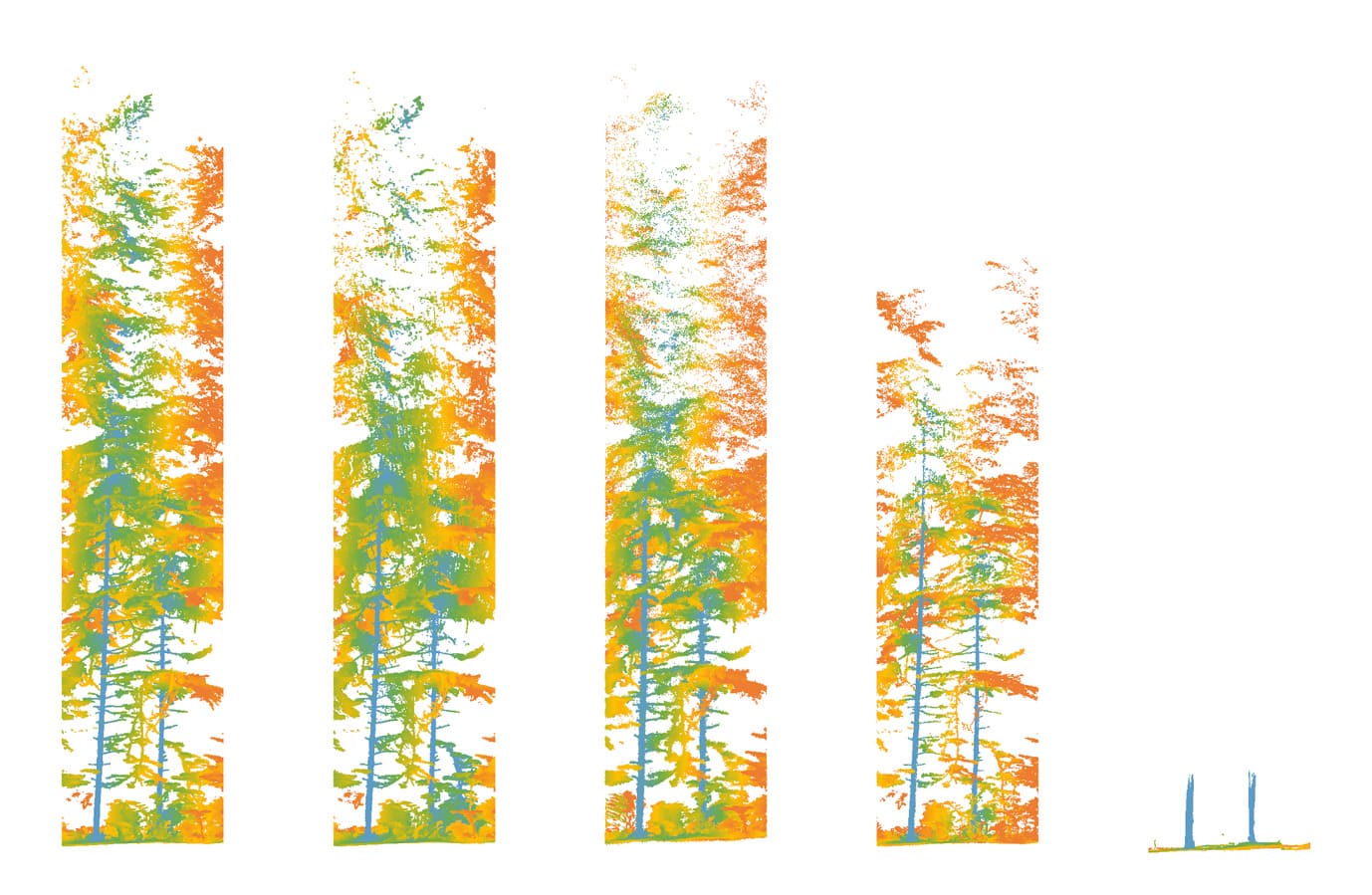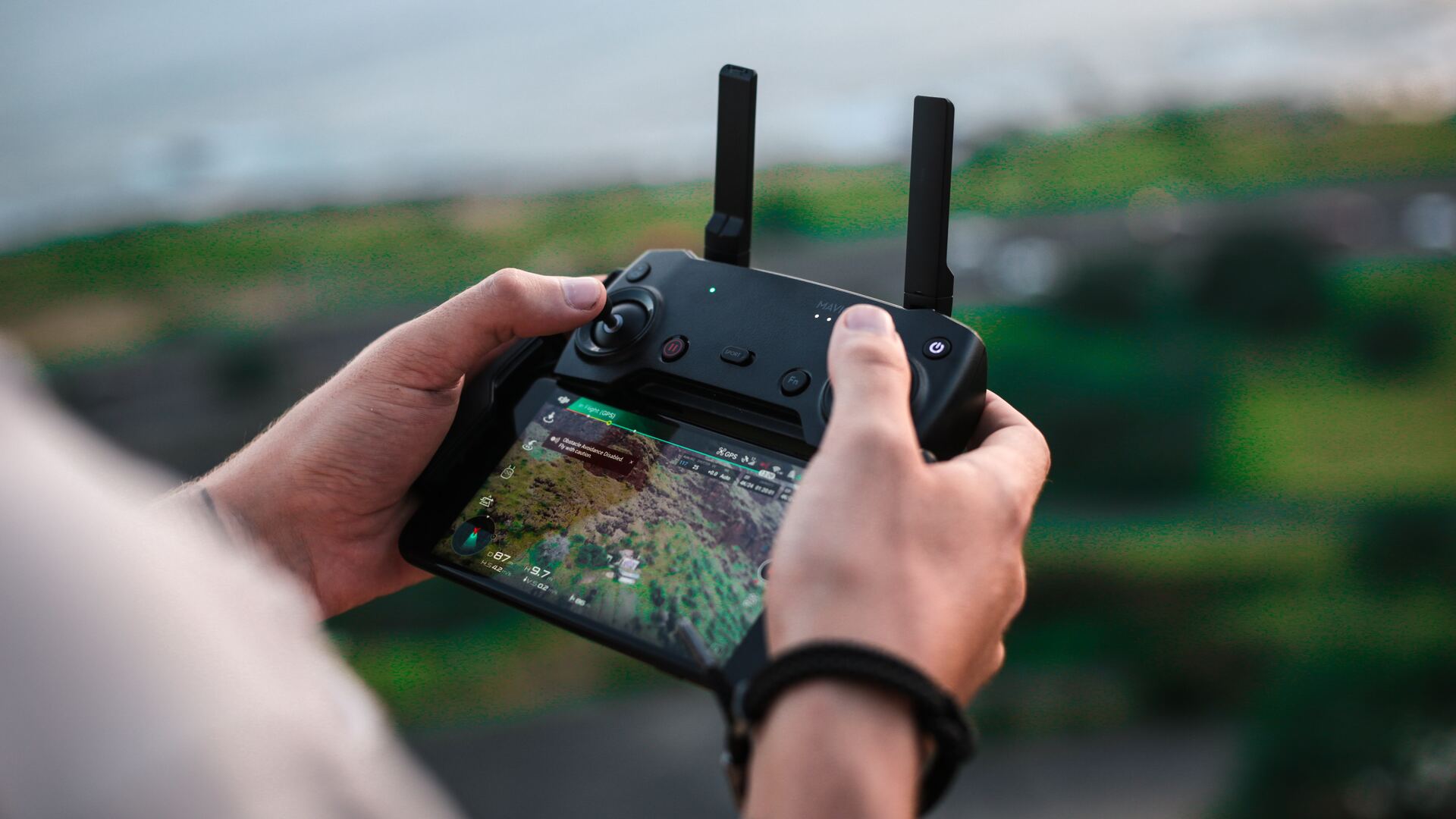Open call
The deadline for the first round of applications is 20th June 2023
STSM Grants fund visits by:
- The PhD Student or
- Postdoctoral fellow or
- Someone else, employed by an instutition, organization of legal entity which has within its remit a clear association with performing research.
Important note: Short-Term Scientific Mission consists in a visit to a host organization located in a different country than the country of affiliation by a researcher or innovator for specific work to be carried out and for a determined period of time.
We have have selected three STSMs to fund as part of the Forest Ecology WG, details below.
If you find them interesting too, and would like to apply for one of the STSMs, please do by June 20th, 2023. Please note the details including ideal candidate background, date and location. Final budget will be set upon selection.
Each applicant is requested to send (i) a short motivation letter with the reliable references and knowledge based on the chosen STSM and (ii) one page CV. This information will be used to decide which applicants will be accepted.
Please email all applications to the WG5 leadership (Emily Lines and Jesper Erenskjold Moelsund) and the COST Action: erl27@cam.ac.uk, jesper@ecos.au.dk and 3dforecotech@gmail.com by June 20th, 2023.
STSM 1
Topic: Complex vegetation structure aquisition to study multitaxon biodiversity
Description: In Denmark, we recently finished a large biodiversity project called BioWiDe (Biodiversity in Width and Depth). A central part of this project was to record multitaxon species presence/absence data from 130 plots in the country, some of which were forested plots. In this short-term scientific mission we search a candidate who could scan these forested sites with our mobile laser scanner to enable studies of the role of vegetation structure in shaping the microhabitats of plants, fungi, lichens, bryophytes, snails, certain beetles, and other insects. Ideally, the candidate would have time to also analyse (i.e. make vegetation structure measures form the lidar and analyse the relationsships between these and the species) these data and publish a paper on this after the STSM, but we fully understand if this is not possible. In any case the candidate will be invited as co-author on possible future studies using the recorded data as a substantial part of the study data, provided that he or she also participates intellectually in such studies.
The ideal background of the candidate: The candidate should have exprience with running a mobile laser scanner and should be able to do field-work on his/her own after thorough introduction. A European drivers license or similar is needed to drive to the different plots. The candidate preferably has experience with ecology, biodiversity or conservation.
Host and Location: Jesper Erenskjold Moelsund & Robert Buitenwer, Aarhus University, Denmark
Expected period: September 2023
Estimation of the expenses: up to 4,000 EURO, including internal fieldwork transport costs. Please contact the hosts to discuss further.
STSM 2
Topic: Examination of complex microtopography affecting runoff in forest landscapes based on UAV-LS and TLS data
Description: Europe has recently experienced the most severe drought in at least the last 500 years, and climate models predict more intense drought periods in the future. The project focuses on the impact of microrelief on forest hydrology in the context of increasing drought conditions and climate change. The specific aim is quantifying microrelief roughness in natural and managed forests using UAV laser scanning data and developing algorithms to analyze terrain surface roughness and its sources. By identifying and quantifying various sources of terrain surface roughness (such as deadwood, treethrow pit-mound forms, tree stumps, and rock fragments) from the point cloud data, the study aims to understand the complexity of microrelief and its relationship with hydrological characteristics.
The overarching hypothesis is that a more complex microrelief can contribute to the conversion of surface runoff to subsurface runoff, reducing erosion rates and slowing down water runoff from forested landscapes. The project seeks to validate this hypothesis by comparing old-growth forests in reserves with managed forests. The outcomes will provide valuable insights into the effects of human activities on forest hydrology and contribute to addressing current scientific questions. This research will aid in developing effective forest management strategies to mitigate the impacts of drought and climate change on forest ecosystems
The ideal background of the candidate: Ideal candidate should have strong mathematical and analytical skills for quantifying microrelief complexity and developing algorithms to quantify and qualify different microtopographical features (programming in a language of choice). Previous experience with processing laser scanning data, point cloud analysis, and algorithm development using remote sensing and GIS tools. Knowledge of hydrological modelling is an advantage.
Host and Location: Martin Krůček, Department of Forest Ecology (DFE), The Silva Tarouca Research Institute for Landscape and Ornamental Gardening (VUKOZ), Czech Republic; in collaboration with Dr. Pavel Šamonil (DFE VUKOZ). Location: Department of Forest Ecology, Silva Tarouca Research Institute, Brno, Czech Republic (partial virtual is possible).
Expected period: 2-3 months, July-Sept 2023
Estimation of the expenses: up to 4,000 EURO
STSM 3
Topic: Forest structure from terrestrial LiDAR & microclimate temperature
Description: We are looking for someone with experience on terrestrial LiDAR to help our research project relating microclimate to forest structure. The EDYSAN lab recently acquired a TRIMBLE X7, and we aim to use it to assess the potential of terrestrial LiDAR to model forest microclimates, by confronting LiDAR variables to field-acquired variables of forest structure.
The current tools that are used to predict species distribution and redistribution as climate changes are too coarse in spatial resolution to capture microclimatic processes in the understory, and thus unsuitable for species living under the shade of trees. Not only those models are too coarse in spatial resolution but they are all rely on macroclimatic conditions as measured by standardized weather stations, and thus unlikely to capture temperature fluctuations as experienced by forest-dwelling species within their buffered habitats. In this context, the EDYSAN lab aims at better characterize and model forest microclimates to improve predictions from species distribution models.
We have a collaboration with the « Centre régional de la propriété forestière » (CRPF), who manages a network of permanent forest plots within the Hauts-de-France region, the « Observatoire régional des écosystèmes forestiers » (OREF). Since 2018, 19 contrasted permanent forest plots belonging to OREF have been equipped with HOBO temperature sensors. Data on stand structure measured by traditional forest inventories, and understory plant species composition are also available for these plots.
During Summer and Winter 2023 (leaf-on and leaf-off conditions), we will scan all plots, and derive structural variables from the 3D point cloud. These variables will subsequently be used as predictors to model the temporal dynamic of forest microclimates.
Depending on his or her preference and timing, the invited researcher may either help with the first acquisition during Summer 2023, or processing of the data and extraction of LiDAR-derived variables such as PAI, e.g. using voxel-based approaches. We also welcome the invited researcher to participate in the subsequent modelling, and writing of the paper on the benefits of TLS versus field variables to model forest microclimates, that we aim to publish during 2024.
The ideal background of the candidate: Someone with experience with TLS in forest systems.
Host and Location: Jonathan Lenoir, CNRS researcher and head of the project, and Eva Gril, research engineer and PhD student. Location: the EDYSAN lab in Amiens, France.
Expected period: 1-3 months, July to September 2023
Estimation of the expenses: up to 4,000 EURO






